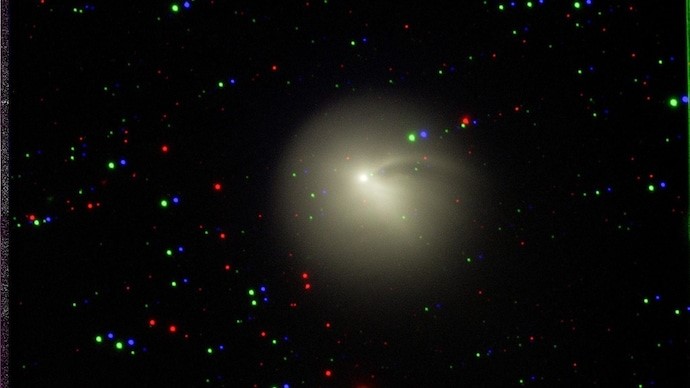Free Courses Sale ends Soon, Get It Now


Free Courses Sale ends Soon, Get It Now



Disclaimer: Copyright infringement not intended.
Context
Details
About
Future Encounters
About the telescope
Overview:
Technical Specifications:
Instrumentation:
Operation:
Conclusion
The Himalayan Chandra Telescope, with its impressive specifications, advanced instruments, and precision in observational capabilities, stands as a significant asset for astronomical research and observational studies. Its remote operation capability and efficient instrumentation contribute to a wide array of scientific studies in optical and infrared astronomy.
|
PRACTICE QUESTION Q. Which part of a comet develops as it approaches the sun, forming a bright cloud-like structure? A) Nucleus B) Tail C) Coma D) Meteoroid Answer: C) |
© 2024 iasgyan. All right reserved